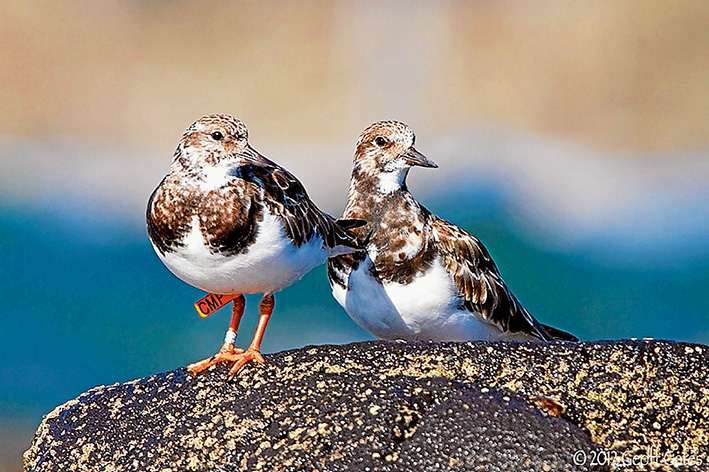
WHEN a small flock of grey plovers takes off from Flinders next year little would the birds know that their progress is being monitored 24 hours a day.
The movements of each of up to five birds carrying a transmitter will be tracked for two years, probably over a distance of 48,000 kilometres.
Each year, after spending summer in Australia, the plovers take flight for their breeding grounds in Siberia and Alaska.
This pattern of following the sun is not unusual, but little is known about the grey plovers’ journey and the Australasian Wader Studies Group (AWSG) has launched a public appeal to raise nearly $18,000 to buy transmitters and satellite time to track up to five of the long range birds.
Late last week the crowdfunding project listed on the Pozible website had pledges for $6146, or 34 per cent of the target, from 75 supporters.
The donations are tax deductible and attract “rewards”, ranging from a shorebirds booklet (over $25) and memberships of bird groups (over $50 and $74) to a 50cm by 60cm photo of shorebirds (over $150) to having one of the tracked birds named after the donor ($2500).
An estimated 12,000 grey plovers make the trip to Australia each year and part of the tracking project is to discover why these visitors are mostly females.
The birds arrive each September and depart in May and the AWSG hopes next season to catch at least three birds in northern Australia and fit them with transmitters.
The grey plovers differ from most migratory shorebirds in that they are believed to travel in smaller groups and mystery surrounds their migratory routes and stopover sites.
Penny Johns, of Flinders, said engraved flags and geolocators had been used to gain information about other annual visitors to Western Port, such as ruddy turnstones and red-necked stints.
She said the stints were “a site-faithful species, returning year after year after year to the same beach”.
One bird tagged at Flinders had been returning each year since `1997.
“The engraved leg flags and more latterly the geolocators have given us a lot of important information about this species, the route they take to the northern hemisphere, where they stop to refuel on migration and where they breed in the arctic,” Ms Johns said.
“They fly non-stop, 5700 kilometres to Taiwan in their first hop when they leave our shores in April.
“Their numbers are in decline, probably due to the destruction of their habitat in the flyway, but also may be due to increasing disturbance on our beaches. In 1997 there were 150 in the summer at Flinders, now there are around 30.”
Ms Johns said it was important to find out more about the “astonishing journey” being made by grey plovers.
The wader studies group says it does not know the exact locations of grey plover breeding sites or where they stop over sites “for refueling” north of the Yellow Sea.
“We cannot assess the threats they face when they move north past the Yellow Sea,” it says on the Pozible website. “Grey plover numbers in Australia are declining, so we need to identify these threats to their migration quickly. Their continued survival depends on these unknown but critical sites, but we cannot assess or improve the conservation status of these sites until they have been located.”
The group says attaching lightweight solar powered satellite trackers will allow it “to build knowledge and data in real time that will help inform what can be done to help them survive in the future”.
The flight and plight of the grey plover will be able to be monitored on home computers.
To find out more about the AWSG’s project or to pledge a donation go to the Pozible website and search for “grey plover”.